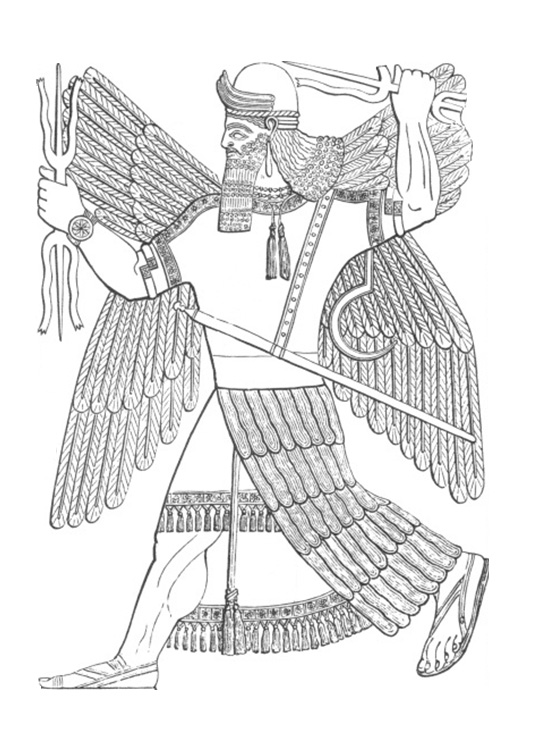Artifact overview
BM 124571 is an artifact (Alabaster stone Wall Panel) related to the mythological story named 'Epic of Anzu.' The artifact's condition is Excellent and it is currently located at The British Museum in London, United Kingdom, catalogued as record number BM 124571. The language of the text contained is Akkadian. Its estimated date is 865—860 BCE, which is a range based on available data and scholarship. The mythology associated with this artifact includes the Babylonian belief system and related deities: Anzû and Ninurta.
About this artifact
Basic details
| Type | Wall Panel Alabaster stone material |
| Condition | Excellent |
| Date created | 865—860 BCE |
| Language | Akkadian |
| Location | The British Museum The British Museum · London, United Kingdom |
| BM/Big No. | 124571 |
| Digital access | Registration No. 1851,0902.501 Fully digitized |
Provenience
| Discovery | Temple of Ninurta, Kalhu, Assyria Present-day Nimrud, Iraq |
Museum record data
Item specifications
| Museum No. | BM 124571 |
Mythological contents
Associated myths and deities
| Myths | Epic of Anzu |
| Deities | Anzû, Ninurta |
Background
BM 124571 (Ninurta chasing Anzu) is an alabaster (gypsum) stone relief featuring a critical scene of the Epic of Anzu prestige myth. In the relief, currently at The British Museum, Ninurta is chasing the eagle-lion monster named Anzu because he had stolen the Tablet of Destinies. The British Museum describes the well-preserved artifact as Anzu and Ninurta:
"Gypsum wall panel relief: showing the monster Anzu facing left. The panel is part of a group as follows: gypsum wall panel reliefs showing god and monster. The god is Ninurta, chief god of the city of Nimrud and has a thunderbolt in each hand; he pursues the monster Anzu. The panel is inscribed with cuneiform script." [1]
Indeed, the detailed artifact shows what looks like a dragon, perhaps the first one in recorded history. The artifact was discovered in Kalhu, modern-day northern Iraq, by Austen Layard in 1853 and dates back to the Assyrian empire under Ashurnasirpal II, a notable king of ancient Assyria. The Anzu bird, pictured prominently, looks like a dragon and its symbol dates back to the Sumerian empire of 3000-1900 BCE. It was discovered at the Temple of Ninurta, an important shrine to Ninurta.
Discovery and acquisition
This artifact was acquired by the British Museum in 1851. The images of BM 124571 were first published as plate number 5 in 1853 by Austen Henry Layard (M.P.).[2] The initial sketches were so detailed that they remain in popular use today. The Anzu bird was originally reserved for the Assyrian empire but was discovered to be a prominent part of the Sumerian empire as well. Stephanie Dalley, a notable Sumerian and Babylonian translator, noted that there are two primary versions of the myth: the Old Babylonian (OB, 2nd millennium BCE) and Standard Babylonian (SB, 1st millennium BCE) versions.[3] Alternatively, Jeremy Black and Anthony Green suggest in an iconography caption that the bird-figure may be Anzu or Asakku.[4]
Relation to Babylonian mythology
This inscription may apply to two separate myths about Anzu and Ninurta. It may apply to the Epic of Anzu, in which Ninurta tracks down Anzu to recover the tablet of destinies. It may also be in relation to Ninurta and the Turtle.[5]
Extended artifact data for BM 124571
See detailed information about this artifact from the entity that has access to it.
Location description
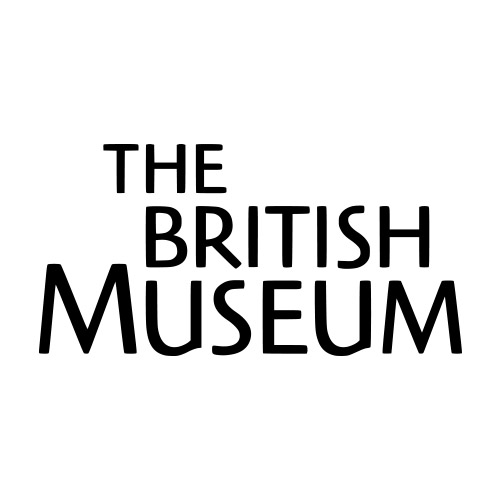 The British Museum London, United Kingdomexpand_less
The British Museum London, United Kingdomexpand_lessFull address: The British Museum, Great Russell Street, London, WC1B 3DG, United Kingdom
The first national public museum of the world. The British Museum is unique in bringing together under one roof the cultures of the world, spanning continents and oceans. No other museum is responsible for collections of the same depth and breadth, beauty and significance. Its eight million objects allow us to explore the extraordinary diversity of human cultures, from small communities to vast empires, to discover the many forms and expressions human beings have given to every aspect of life, and to realise how closely they are interconnected.
Learn more
Record numbers
| BM/Big No. | 124571 |
| Digitized record | Registration No. 1851,0902.501 |
| Artifact access | On display |
Full artifact data
| Museum No. | 124571 |
| Culture/Period | Neo-Assyrian |
| Inscription Script | Cuneiform |
| Registration No. | 1851,0902.501 |
| Material | Gypsum |
| Dimensions | 240.7 x 362.7 (full) |
| 1851 | Acquisition Date |
| Other IDs | NG.28 (ex Nimrud Gallery) |
| Middle East | Department |
| Notes | Curator comments: Pair with 1851,0902.502 (BM.124572)For an account of the conflict as related in the Fourth Tablet of the Creation Series, see the 'Guide of the Babylonian and Assyrian Antiquities', 2nd edition, London (1908), p. 42. Findspot: Excavated/Findspot: Temple of Ninurta (Asia,Iraq,North Iraq,Nimrud (Kalhu),Temple of Ninurta) |
Record notes
About these data
| Retrieval date | Jun. 22, 2020 |
| Copyright | The British Museum |
Render
See a rendering of the artifact in images, text, and other form factors. Where available, a translation is included.
Digital scan
OMNIKA Reader
Good news. This original artifact is digitized and available in the OMNIKA Library.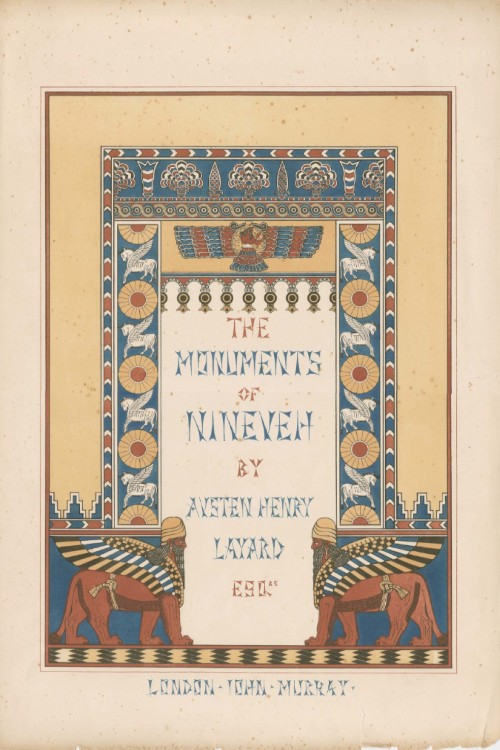
All texts
| Title |
|
|---|
Mythological contents
This artifact contains mythological contents associated with Babylonian Religion. The main narrative mentioned may be Epic of Anzu, a Prestige myth. The deities depicted or mentioned in the artifact may be: Anzu and Ninurta.
Parent belief system
 Babylonian Religion · Polytheisticexpand_lessHeads up. This Religion belongs to the Mesopotamian collection on the basis of shared myths and deities.
Babylonian Religion · Polytheisticexpand_lessHeads up. This Religion belongs to the Mesopotamian collection on the basis of shared myths and deities.The Babylonian religion was practiced throughout modern-day Iraq and the general near east (Mesopotamia) during antiquity. Its chief deity was Marduk.
Learn more
Associated myth
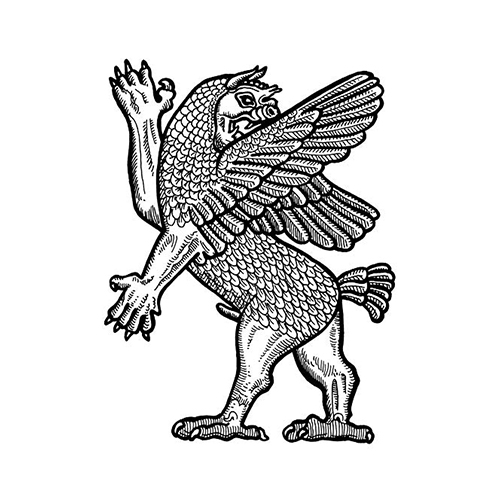 Epic of Anzu Prestige mythexpand_less
Epic of Anzu Prestige mythexpand_lessNuthsell
The winged eagle-lion monster named Anzu steals the Tablet of Destinies. No other deity wants to chase him down other than Ninurta, a warrior deity known for hunting. After a failed attempt, Ninurta captures Anzu, ends his life, and recovers the Tablet of Destinies.
Read more
Deities depicted
Artifact condition
The artifact named 'BM 124571' is appraised as being in Excellent condition based on how much reliance is placed on other resources to make it complete and readable.
| Condition | Excellent | Just OK | Poor |
|---|---|---|---|
 |  | 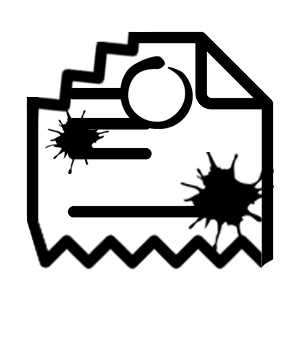 | |
| Completeness | More than 80% | 50 - 80% | Less than 50% |
| Fragmentation | Minor | Moderate | Significant |
| Damage | Minor | Moderate | Significant |
| Legibility | Highly readable | Somewhat readable | Unintelligible |
How did we get this date?
The creation date for the artifact named 'BM 124571' is a date range because the exact date is unknown. We derived this date from the source(s) listed below:
Notes (see bottom of page for full bibliography)
- The British Museum, BM 124571.Visit"Production date: 865BC-860BC"
Artifact access conditions
This artifact is listed as being on display at the British Museum in area "G6a", meaning that you can see it in person. Please visit The British Museum's website for more information about business hours and access.
Contact the location
Scholarly research inquiriesWhat's a 'joined' artifact?
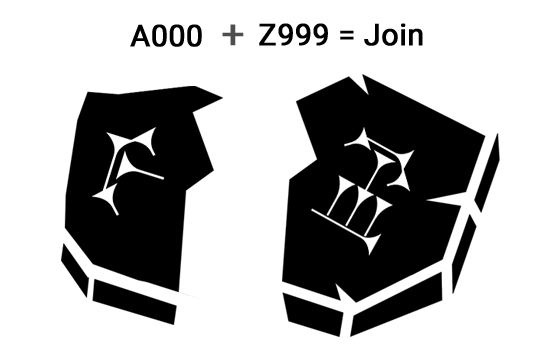
A joined artifact is one that was originally part of the other and was broken or fragmented at some point in time. Joins are common among clay tablets because they may get broken during discovery and transportation. The join is notated with the + sign. For example, if tablets A000 and Z999 are joined, we would express this relationship by grouping them as A000 + Z999 to indicate they are related.
If the fragments are owned, maintained, and cataloged by separate museums then classifying the join relationship is critical for accurate translations.
Cite this page
OMNIKA Foundation Contributors. "BM 124571 / Ninurta Chasing Anzu." OMNIKA – World Mythology Index, OMNIKA Foundation, 09 Jun. 2019, omnika.org/stable/163. Accessed 1 Jan. 2026.
OMNIKA (2019, June 09). BM 124571 / Ninurta Chasing Anzu. Retrieved from https://omnika.org/stable/163
OMNIKA Foundation Contributors. "BM 124571 / Ninurta Chasing Anzu." Las Vegas, NV: OMNIKA Foundation. Created June 09, 2019. Accessed January 1, 2026. https://omnika.org/stable/163.





